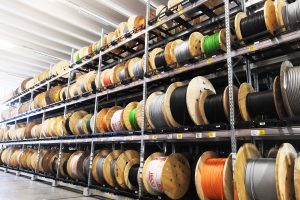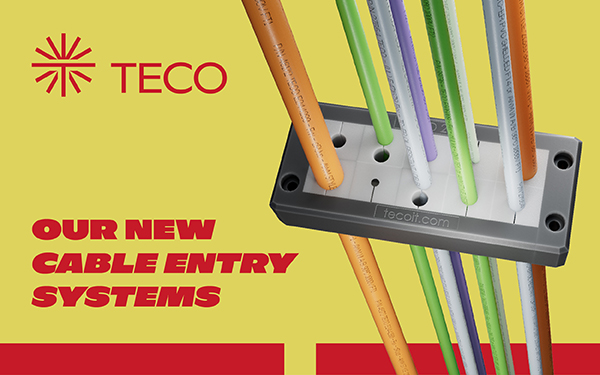[av_one_full first][/av_one_full]
[av_textblock size=” font_color=” color=”]
The IEC EN 60204-1:2006 (IEC 44-5 “Safety of machinery – Electrical equipment of machines”) standard establishes that the identification of conductors through colours is not essential. Alternatively, it is acceptable to use other identification methods such as coloured or marked collars.
Where colour coding is used, according to the IEC standard, it is best to use:
- Black for AC and DC power circuits;
- Red for AC command circuits;
- Blue for DC command circuits (when there is no risk of confusion with neutral);
- Orange for circuits that cannot be cut off from the power disconnect switch.
IEC: details on the use of orange cables
The IEC standard assigns orange to all circuits that bring into the panel external power that cannot be disconnected from the panel’s general switch. Some of the external power sources that cannot be disconnected can therefore be:
- lighting circuits that power the lamps used during maintenance or repair works;
- circuits powering electric sockets used exclusively to connect repair or maintenance tools and equipment (e.g. portable drills, testing machinery);
- circuits for minimum tension protection used exclusively for automatic de-insertion in the case of failure of the power supply;
- circuits that power the equipment that must normally be powered to work correctly (such as measuring devices for temperature control, devices to heat finished products or products undergoing processing, programme memorizing devices);
- interlock command and control circuits.
Many machine manufacturers use this colour coding system for their cabling. TE.CO. provides them with a number of single core and multicore cables.
To learn more about this and other families of TE.CO. cables please browse the online catalogue or ask for a paper copy of the catalogue.
[/av_textblock]











